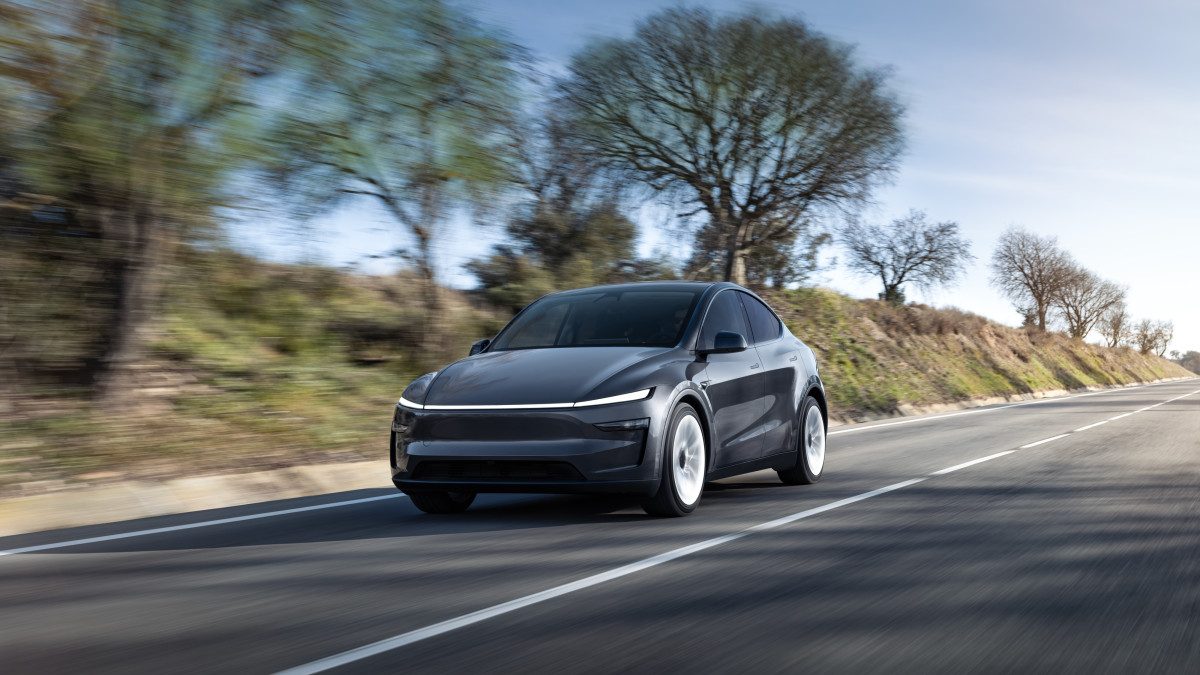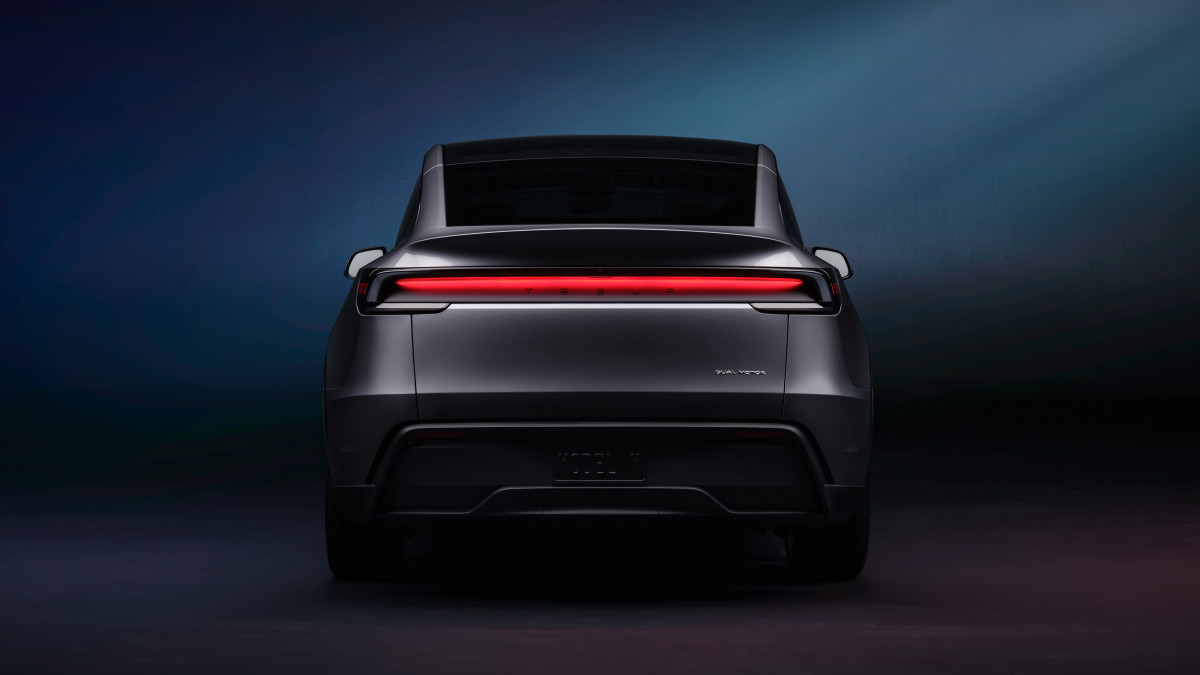The NHTSA presses Tesla, Musk on robotaxi specifics
The NHTSA (National Highway Traffic Safety Administration) has asked Tesla to answer an extensive list of inquiries by June 19 regarding its robotaxi service’s June launch, including how the self-driving tech performs in low-visibility conditions. Low-visibility performance has been a prevalent concern among safety officials investigating Tesla’s self-driving programs, given that the tech primarily relies on cameras instead of more complex systems like LiDAR (Light Detection and Ranging).
Tesla’s robotaxi fleet will be based on the company’s Full Self-Driving (FSD) software, which offers Level 2 out of Level 5 autonomous capabilities, requiring users to keep their hands on the wheel. However, Tesla’s CEO, Elon Musk, said the automaker’s robotaxi will use a yet-to-be-released “unsupervised” version of the FSD software, according to TechCrunch. By comparison, the world’s leading robotaxi service, Waymo, runs its fleet with Level 4 self-driving tech using more complex systems like LiDAR. The NHTSA has been investigating Tesla’s FSD since October after four reported collisions, including a fatal crash in 2023, Reuters reports.

Tesla
What is the NHTSA requesting from Tesla?
According to official NHTSA documents, the automaker must provide the following information: “State the name(s) of the system(s) that will be used in robotaxi development and deployment, as well as Tesla’s position on the SAE Level classification for the purposes of reporting under NHTSA’s Standing General Order on crash reporting.”
The agency then asked Tesla to answer how many robotaxi vehicles it will deploy in June, whether the automaker plans to seek any FMVSS (Federal Motor Vehicle Safety Standards) exemptions, when its self-driving tech will be available for use by people or entities other than Tesla, and if people will monitor the company’s robotaxis in real time. To gain more clarity on what this upcoming “unsupervised” version of FSD software represents, the NHTSA asked Tesla for robotaxi sensor descriptions, roles of cameras or sensors, differences in robotaxi vs. supervised FSD implementation, and each system’s control authority on functions like speed or specialized maneuvers.
The letter published by the NHTSA also requested that Tesla elaborate on its robotaxi’s operational design domain (ODD), including: “Specific operational restrictions Tesla is implementing (e.g., relating to time-of-day, weather, geofencing, maximum speed).” After seeking information on how Tesla measured its robotaxi tech’s readiness and how it’ll continue monitoring its performance, the automaker must explain how it plans to keep its robotaxis safe in reduced visibility conditions, such as sun glare, fog, airborne dust, rain, or snow and whether Tesla does anything different if those conditions are already there when the ride starts, compared to if they show up during the ride.

Tesla
Final thoughts
Tesla’s upcoming Austin, Texas, robotaxi launch represents an opportunity for the company to catch up with Waymo using autonomous tech that could be less expensive to scale than Waymo’s fleet, according to Elon Musk’s claims in April. However, details on how Tesla plans to achieve this technological feat are mostly unclear, and the depth of the NHTSA’s questions published on Monday aims to change that. Failure to comply with the NHTSA’s lengthy inquiries could delay or restrict Tesla’s paid robotaxi service, which Elon Musk emphasized as being on pace for its June launch during the company’s Q1 results call last month. During that call, Musk also noted that Tesla will use the Model Y as a platform to launch its robotaxi tech, whereas the Cybercab is a different model that the automaker is manufacturing. Autoblog contacted Tesla for comment, but did not receive a response.